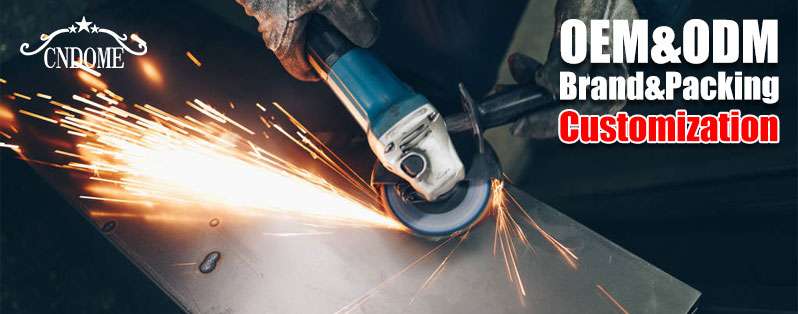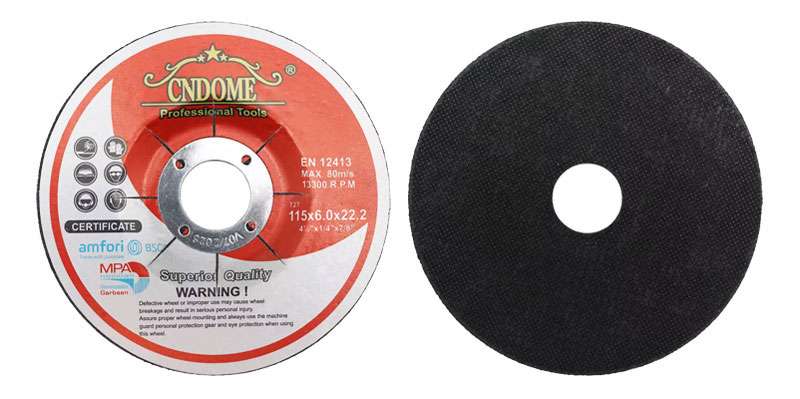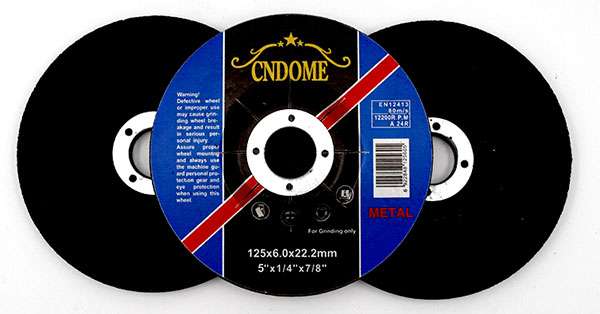Surface grinding wheels are essential tools in the machining industry, used for finishing, shaping, and smoothing surfaces to achieve high precision and fine finishes. The selection of the right grinding wheel can significantly impact the quality and efficiency of your work. Here’s a detailed look at the different surface grinding wheel types and their applications.
1. Straight Grinding Wheels
Straight grinding wheels are the most common type, characterized by their simple, flat design. They are ideal for surface grinding operations where the goal is to achieve a flat surface on metal, wood, or other materials. These wheels are available in various diameters, widths, and grit sizes to suit different applications.
- Applications: Surface grinding, cylindrical grinding, tool sharpening.
- Materials: Steel, iron, aluminum, brass.
2. Cylindrical Grinding Wheels
These wheels are similar to straight wheels but are specifically designed for cylindrical grinding, where the workpiece is rotated against the grinding wheel. Cylindrical wheels provide a smooth and even finish on round or cylindrical parts.
- Applications: Shaft manufacturing, bearing grinding, precision machining.
- Material: Steel, hardened alloys.
3. Cup Grinding Wheels
Cup wheels have a flat, circular design with a depression in the center, resembling a cup. They are used for surface grinding, where the goal is to achieve a flat, smooth surface. These wheels are also effective for grinding the sides of workpieces.
- Applications: Surface grinding, edge grinding, and lapping.
- Material: Concrete, stone, metals.
4. Dish Grinding Wheels
Dish grinding wheels have a distinctive concave shape, making them ideal for specific surface grinding tasks where a flat surface is needed along with some side grinding. The dish design allows for more aggressive grinding action compared to flat wheels.
- Applications: Tool sharpening, precision grinding, metal finishing.
- Material: High-speed steel, hardened tool steel.
5. Segmented Grinding Wheels
Segmented wheels are designed with several segments of abrasive material rather than a continuous surface. This design allows for better heat dissipation and improved cutting efficiency, making them ideal for heavy-duty grinding tasks.
- Applications: Surface grinding of large, flat surfaces, heavy stock removal.
- Materials: Concrete, stone, metals.
6. Centerless Grinding Wheels
Centerless grinding wheels are used in the centerless grinding process, where the workpiece is held between two rotating wheels, without any centering device. These wheels are typically used for high-volume production and are available in various configurations depending on the specific application.
- Applications: Mass production of cylindrical parts, fast material removal.
- Materials: Steel, aluminum, and other metals.
7. Diamond Grinding Wheels
Diamond grinding wheels are the most durable and effective, particularly for grinding hard materials. The abrasive layer is made of industrial diamonds, making these wheels ideal for grinding very hard surfaces or materials that require a high degree of precision.
- Applications: Precision grinding, cutting hard metals, grinding ceramics.
- Materials: Hard metals, ceramics, glass.
Conclusion
Choosing the right surface grinding wheel types is crucial for achieving the desired results in your grinding operations. Each wheel type offers unique benefits and is suited for specific applications. By understanding the characteristics and applications of each type, you can ensure that your surface grinding tasks are efficient, precise, and effective.
Whether you’re working with metal, stone, or other materials, selecting the appropriate grinding wheel will make all the difference in your project’s success.
Online Message
Minimum Order Quantity: 5,000 Pcs, 10 Pcs Free Samples.
Contact Us For More Information!
Tel/WhatsApp
+86 18796960868
[email protected]
Address



